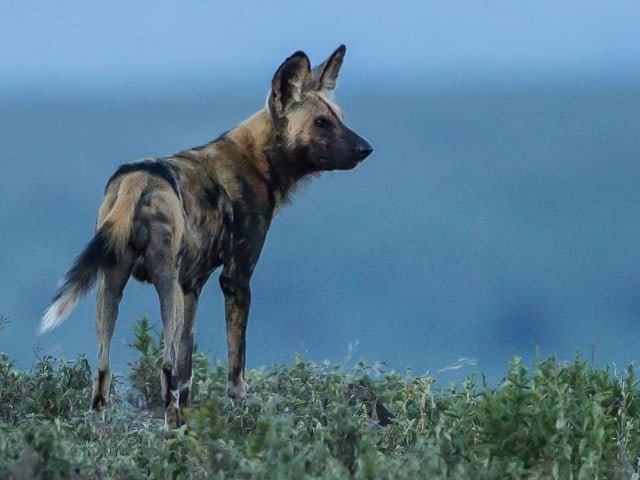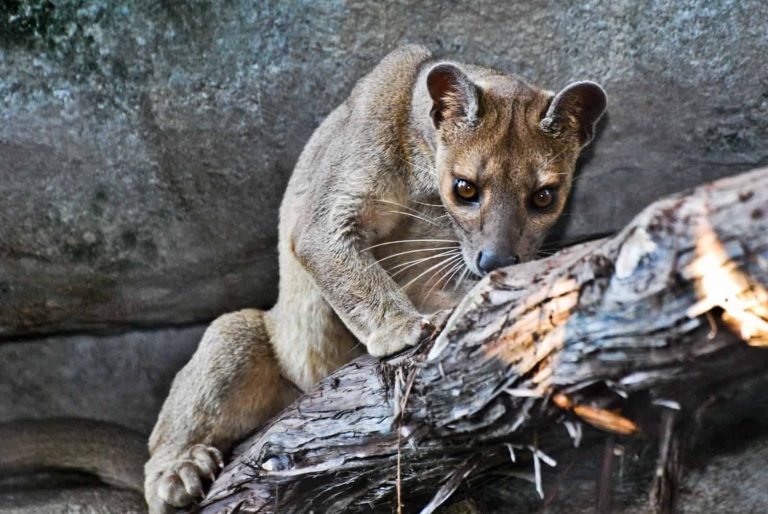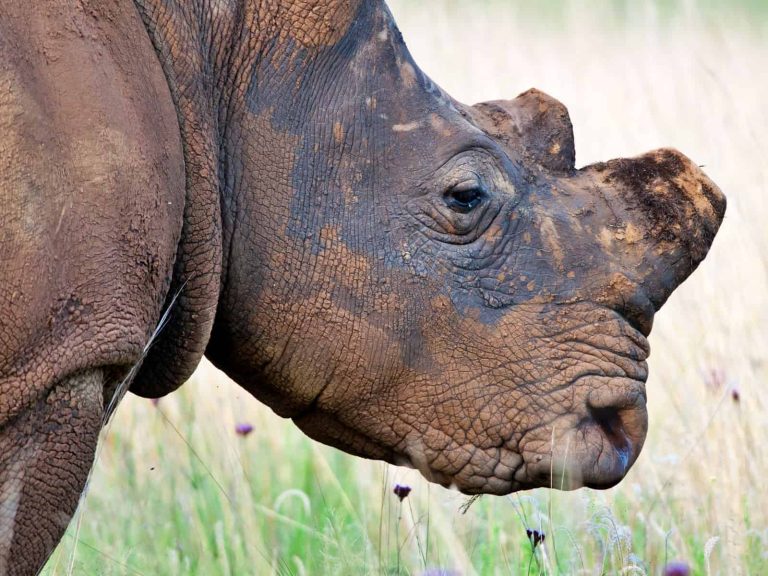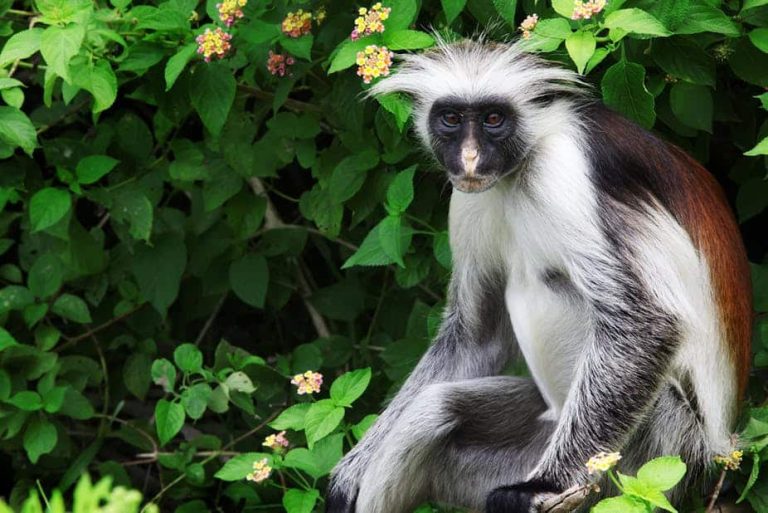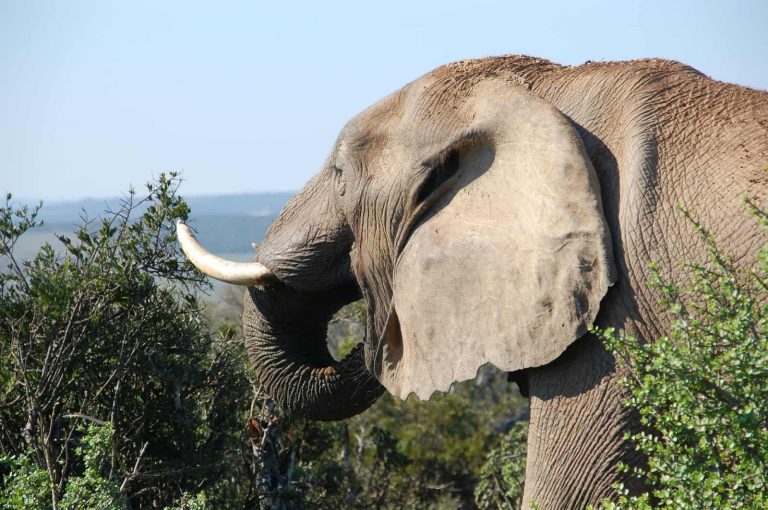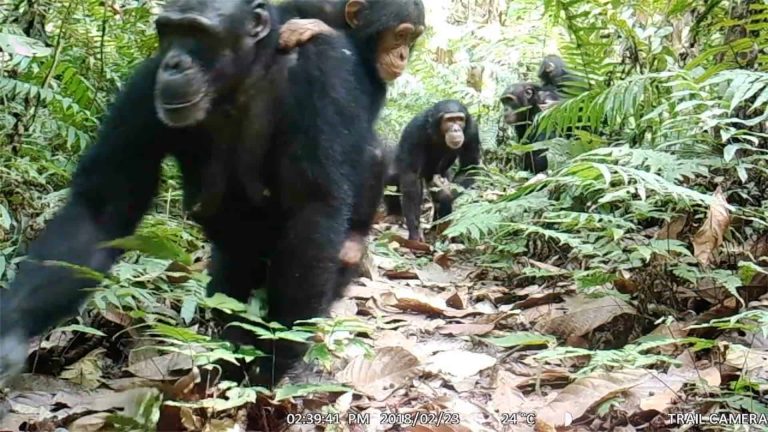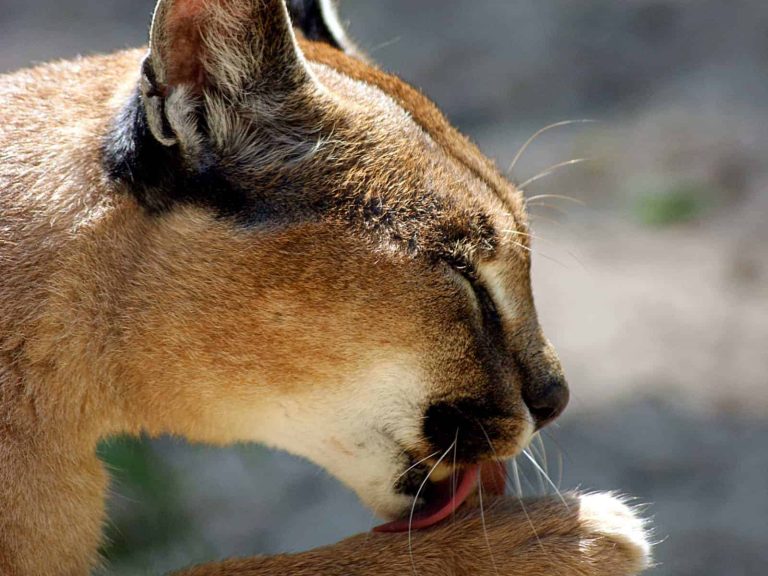Solving the mystery of Serengeti’s vanishing wild dogs
In 1991, a strange thing happened in the wilds of Tanzania’s Serengeti National Park. The Serengeti, a World Heritage Site, is home to a spectacular range of carnivores, from lions to cheetahs and more. And with more than 1.5 million zebras, wildebeests and gazelles making annual migrations across the park, there’s plenty of food for…

